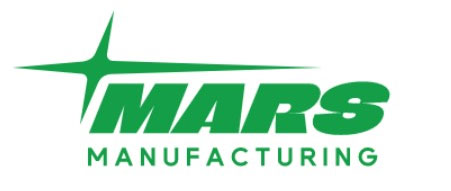Have you ever had this experience: when you are looking for a floor that suits you, you find that the wide variety of products on the market is dazzling, especially those floors that look similar but have different names, such as PVC, LVT, SPC and WPC. What are the differences between them? Next, we will explore the characteristics and differences of these four types of floors in depth to help you make a more informed choice.

1. Varieties
PVC, that is, plastic flooring, is a broad category. LVT, SPC and WPC, these three types of flooring, can all be regarded as derivatives of PVC flooring and belong to the sub-category of PVC. Among them, LVT, as an early product, can be regarded as the first generation version. As for WPC, it is often called wood plastic flooring in China, while SPC is called stone crystal flooring.
2. Material level
PVC, or polyvinyl chloride, is its core component. LVT flooring is mainly based on polyvinyl chloride, with a small amount of calcium carbonate powder added to create the characteristics of semi-rigid sheet flooring. WPC flooring is also based on polyvinyl chloride, and then blended with wood powder to form a semi-rigid sheet flooring. SPC flooring is carefully made of 25% polyvinyl chloride and 75% calcium carbonate powder, showing the sturdiness of rigid sheet flooring.
3. Application
PVC materials are widely used in various environments such as homes, hospitals, schools, shopping malls, factories and offices. LVT flooring is often used in schools, kindergartens, playrooms and offices due to its unique semi-rigid sheet characteristics. WPC flooring, with its special composition and the properties of semi-rigid sheet flooring, is mainly used in outdoor environments. Although there are also a small number of indoor applications, compared with the other three products, its indoor applications are relatively less. As for SPC flooring, its rigid sheet characteristics make it very suitable for homes, hotels, restaurants, schools and hospitals.
4. Thickness
The thickness of WPC floor can reach more than 8MM, which is relatively thick. The thickness of SPC floor is usually between 4-7MM, which is moderate. The thickness of LVT floor is generally no more than 5MM, which is relatively thin. As for PVC material, its regular thickness is 2MM, which is also relatively thin.
5. Installation
LVT flooring can be installed in a variety of ways, depending on the product style. It can be fixed by gluing or laid by locking. WPC flooring is slightly more complicated to lay outdoors, usually requiring the keel to be fixed first, and then the WPC flooring can be installed. In contrast, the installation of SPC flooring is relatively simple, and its locking design makes the laying process easy, even for individuals.



